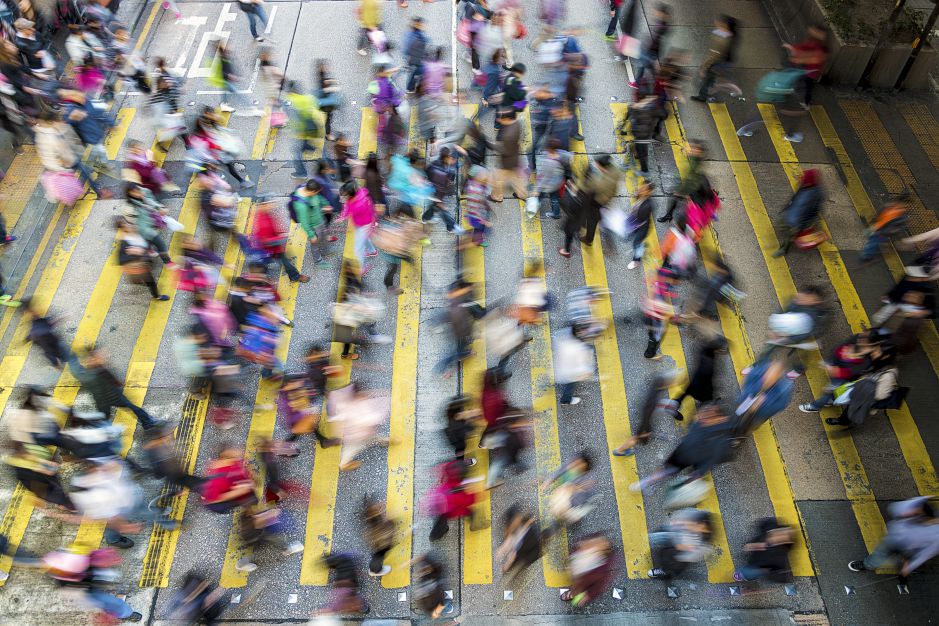Chapter 120. When Will People Help Others?
Learning Objectives

Describe the bystander effect as an explanation for apparent lack of altruism.
Identify conditions where helping behavior is likely to occur.
Review
Review
Select the NEXT button to continue with the Review.

1. Social psychology’s study of altruism, the unselfish regard for the welfare of others, began with an attempt to explain why bystanders sometimes fail to help during emergencies.
Review
Review
Select the NEXT button to continue with the Review.

2. It seems logical that the more people who witness an accident, the more likely the victims will receive help. But research by Social Psychologists John Darley and Bibb Latané has demonstrated that the opposite is true: Any given observer will be less likely to help if others are present. This is called the bystander effect.
Review
Review
Select the NEXT button to continue with the Review.

3. To offer help, a person must first notice the incident, then interpret it as an emergency, and, finally, assume responsibility for offering help. The presence of other onlookers influences all three of these factors.
Review
Review
Select the NEXT button to continue with the Review.

4. When we are in a crowd, we are surrounded by so much motion and activity that our perceptual system is overwhelmed. We are less likely to notice the details of the environment around us, including any problems that a particular person is having.
Review
Review
Select the NEXT button to continue with the Review.

5. If we do notice the event, we wait to see how others react. If the other people who have witnessed the event don't pay any attention and don’t show any alarm, we assume that the situation is not really an emergency.
Review
Review
Select the NEXT button to continue with the Review.

6. Also, when many people witness an accident, this diffuses the responsibility for action. Everyone assumes that "someone else" will assist the victims or call the police.
Practice 1: Motives for Failure to Help
Practice 1: Motives for Failure to Help
After you read the text, select one or more of the survey options. Then select the SUBMIT button.
In 1964, Kitty Genovese was returning to her New York apartment when a knife-wielding rapist attacked her. Although neighbors heard her screams and some witnessed portions of the the attack from their windows, no one came to her aid—and no one called the police until after her attacker had fled the scene!
Sadly, Kitty’s case is not unique. Eleanor Bradley suffered a broken leg while shopping, and was left unattended for 40 minutes while fellow shoppers streamed around her. After attackers knifed Andrew Mormille in the stomach on a subway and then fled, 11 other riders simply watched as the young man bled to death.
Why didn't the observers in these incidents help the victims? Think about this, then indicate your opinion.
Why do bystanders often do nothing during an emergency? If you are like most people, you probably explain this failure to act in terms of the bystanders' personal traits, such as apathy or lack of concern for others. Social psychologists call this a dispositional attribution.
What about you? When presented with the cases of Kitty Genovese, Eleanor Bradley, and Andrew Mormille, you thought that the failure to act indicated that the observers:
In contrast to what most people believe, a situational attribution is probably a more accurate way of explaining the failure to provide assistance. Psychologists Darley and Latané suggested that a situational variable—the presence of others—is what actually inhibits helping. Dozens of studies comparing help given by observers who perceive themselves to be either alone or with others have now confirmed the bystander effect: A person is less likely to give help when others are present.
Darley and Latané suggested that as the number of bystanders increases, any given observer is less likely to notice the event, is less likely to interpret the incident as an emergency, and is therefore less likely to assume responsibility for taking action.
Practice 2: Simulating an Emergency
Practice 2: Simulating an Emergency
Read the text. Then select each button and watch the simulated experiments.
John Darley and Bibb Latané conducted an experiment to study the impact that the presence of other people has on helping behavior. They brought participants into a room, either individually or in groups of three, gave them questionnaires to fill out, and then simulated an emergency situation by having smoke pour into the room. How did the participants react?
Quiz 1
Quiz 1
Match the terms to their descriptions by dragging each colored circle to the appropriate gray circle. When all the circles have been placed, select the CHECK ANSWER button.
Quiz 2
Quiz 2
With the bystander effect in mind, select one of the buttons to indicate your answer of either Highly likely or Not likely to the question for each scenario. When responses have been chosen for all the scenarios, select the CHECK ANSWER button.
Conclusion
